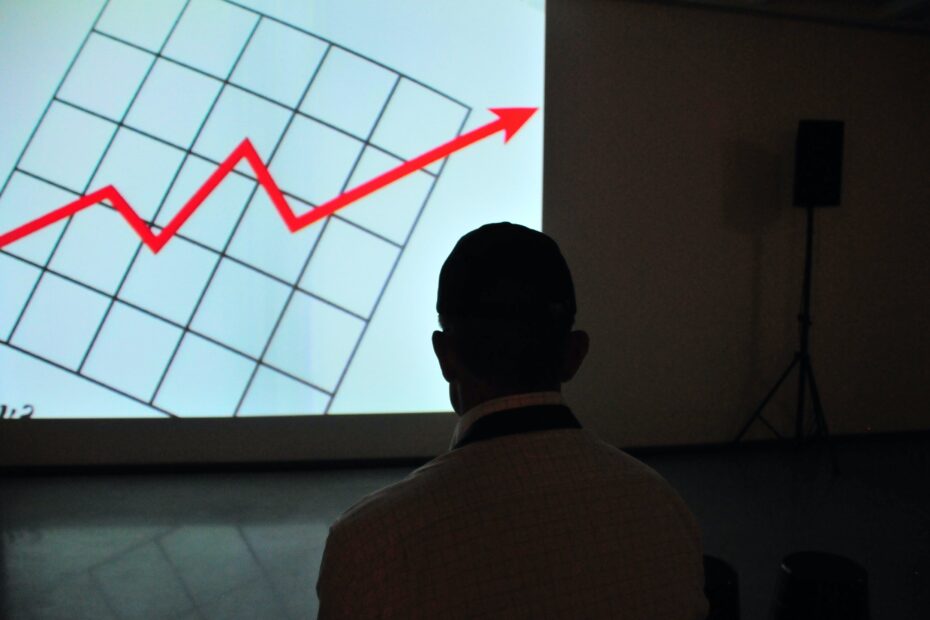If you don’t know by now, there are two types of options available to you. There are put options which give you the right to sell a stock at some price YOU choose. And then there are call options which give you the right to buy shares of a stock at some price YOU choose.
The price of a call or put option is made up of two components.
These are the time value and the intrinsic value. The time value is based on how much time is left before the option expires. Basically, the more time left before expiration, the higher the time value will be for that option. For example the option with 1 month left to expiration will be significantly cheaper than the option with 3 months left to expiration. The intrinsic value is the value relative to the stock price. I won’t get into too many details on how this part works but just know that the strike price relative to the actual price of the underlying stock will affect the intrinsic value of the option.
Option and stocks relation
The price of a call option on a stock has a direct relationship to the price of the stock itself. What I mean by this is that if the stock moves up, the call option will increase in value. If the stock moves down, the call option will decrease in value. The price of a put option has an inverse (opposite) relationship to the price of the underlying stock.
What I mean by this is that If the price of the stock goes up, the price of the put option will go down. Finally, if the price of the stock goes down, the price of the put option will go up. If you think a stock is going to tank, then you definitely want to rack up on some put options on that stock. If you think the stock price is going to soar, load up on some calls.
By being an options buyer you can participate in price movements on a stock for a fraction of what is would cost to own the stock outright. In the US, one options contract controls 100 shares of the underlying stock. So, if I own one call option on stock xyz at the $25 strike price that means that I can purchase 100 shares of stock xyz at anytime (up until the option expires) for $25.
With one month to expiration the cost of the call option may be about $0.40, which means owning one call option would cost $40.00 (0.40 x 100 shares) plus commission. For the sake of comparison, to buy 100 shares of stock xyz, I would need to pony up $2500 plus commission. So, here you begin to see the power of leverage with options trading.
Let’s look at another scenario.
Let’s say stock xyz is trading at $25 and you think the stock is in position to make a move upward. Now let’s say you don’t have much money and you only had $400 to invest. You could use $400 to buy 10 call options at the $25 strike price ($0.4 premium x 10 call contracts x 100 shares per contract) with one month to expiration.
Now remember that the call option will move in synch with the stock price. Let’s say company xyz has stellar earnings and the stock goes up to $28, which is $3 above your strike price of $25. I’m bad with numbers, but Your call option now has $3 intrinsic value (value relative to the stock price) in addition to the time value of $0.4. So the total premium price of the option should be “at least” $3.4 per contract.
But let’s be conservative and say the option is only worth $3. That is still a profit of $2.6 per contract which is $2600 on your $400 investment. So ($3.00 – $0.4)/$0.4 x 100% = 650% profit on that one trade!!! This is a real life example using somewhat conservative numbers. Consider stocks like Apple and Google that regularly have price movements of as much as $25 in one trading day!
If you thought the stock was going to go down, you would apply the same strategy above, but with put options instead of call options. If the stock dropped by $3 to $22 you would have the same results. So you can speculate in call and put options to make money whether you think the stock is going to go up or down.
Conclusion
As an options buyer the odds are against you as typically 80% of options buyers lose money. I think greed and inexperience have a lot to do with this. I have bought both put options and call options for over 10 years and know firsthand that triple digit gains in a matter of hours are very realistic. The key is timing and knowing how to choose the right stock.
